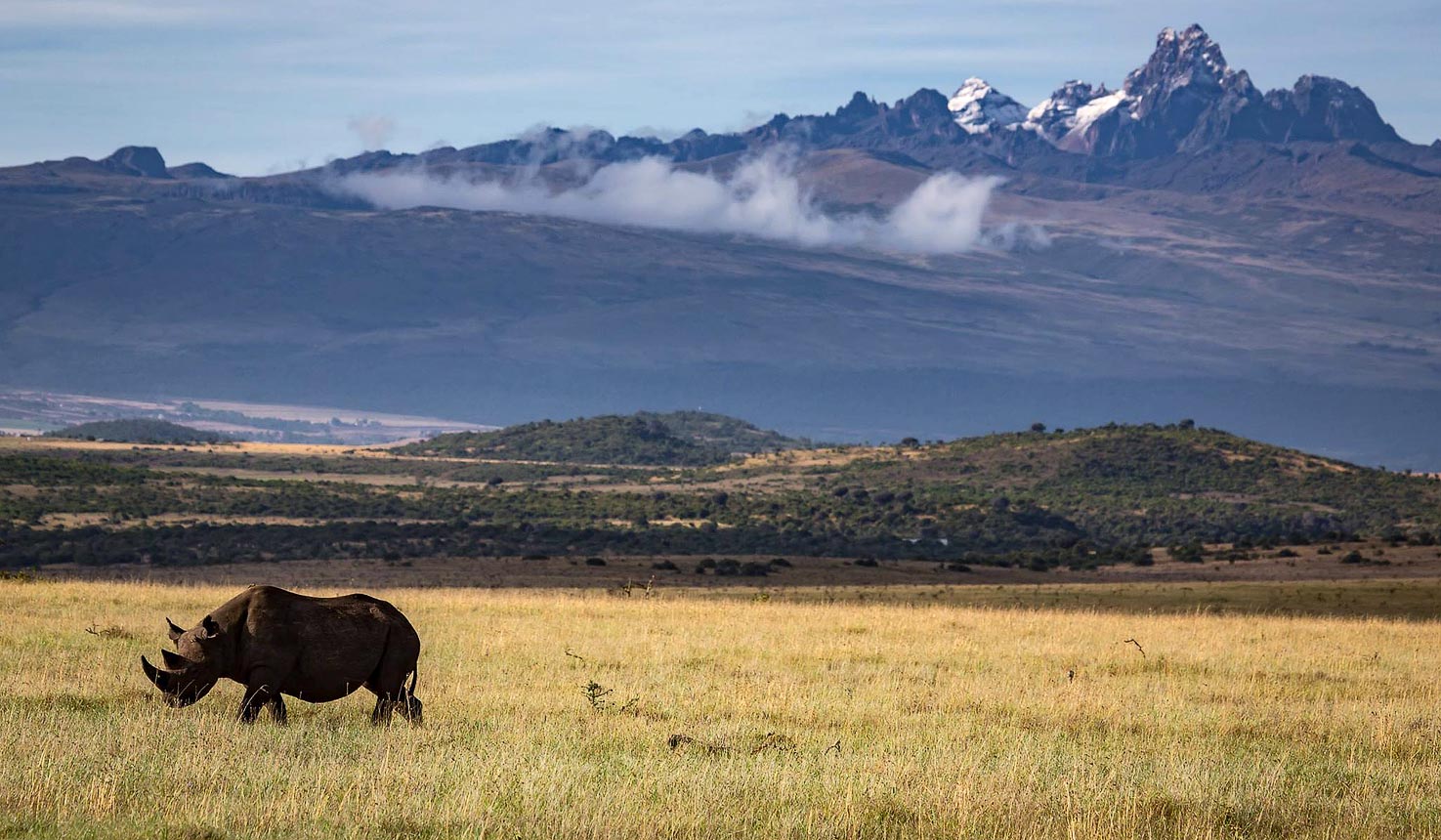In a world where adventure awaits and wanderlust drives our passions, selecting the perfect destination for an African safari is a critical choice. Kenya or Tanzania? Both countries offer breathtaking landscapes, ideal climates, vibrant cultures, and exceptional wildlife viewing. Furthermore, each provides a unique experience of the iconic Great Migration. It’s time to make a decision and embrace the adventure that awaits!
Kenya vs Tanzania: Facts and Figures
Which has the Best Scenery?
Both Kenya and Tanzania provide the quintessential “real Africa” scenery, characterized by golden grasslands dotted with flat-topped acacia trees. However, keen travellers might notice some differences:
Kenya features highlands in the central region, sandy beaches along the coast, volcanic mountains, barren deserts in the north, and fertile plains in the west.
Tanzania offers similar terrain diversity but on a larger scale. It showcases highlands in the north and south, plains and plateaus along the west, and stunning stretches of turquoise waters and white-sand beaches along the coast.
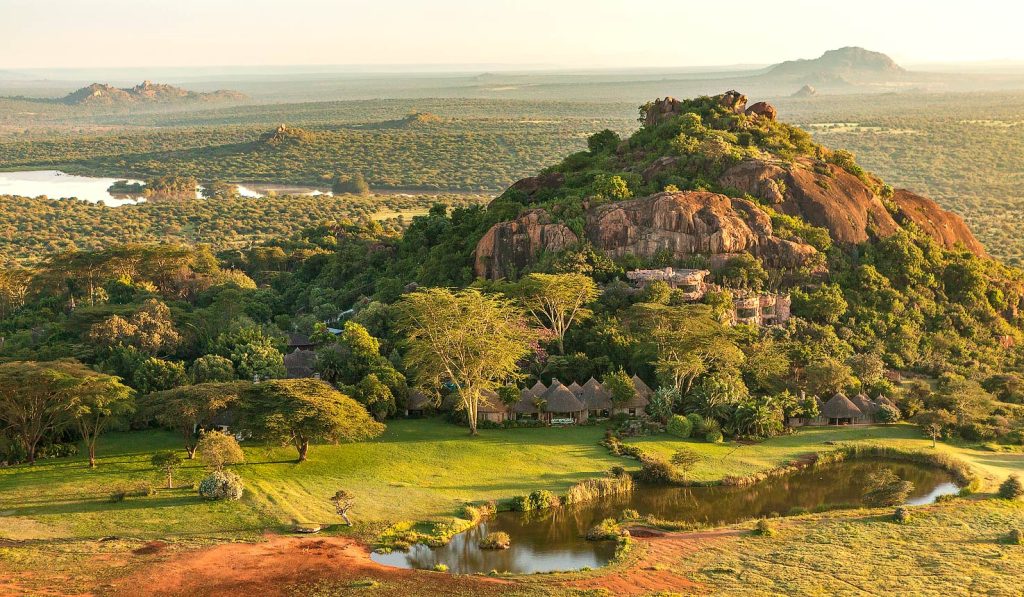
Wildife of Both Countries
When it comes to wildlife, both Kenya and Tanzania are top contenders, frequently appearing on lists of the best safari destinations.
Kenya is famous for its big cats, especially in the Masai Mara, the heart of its safari tourism. The country also hosts the Big Five and endangered species like the Rothschild’s giraffe, black rhinos, and sitatunga. Every third quarter of the year, Kenya plays host to part of the Wildebeest Migration.
Tanzania is renowned for its wildlife diversity and density. It hosts millions of wildebeests, zebras, gazelles, impalas, and kudus. The country has the largest concentration of animals per square kilometre in the world, including the Big Five, the highest concentration of predators, and endangered species like African wild dogs and black rhinos.
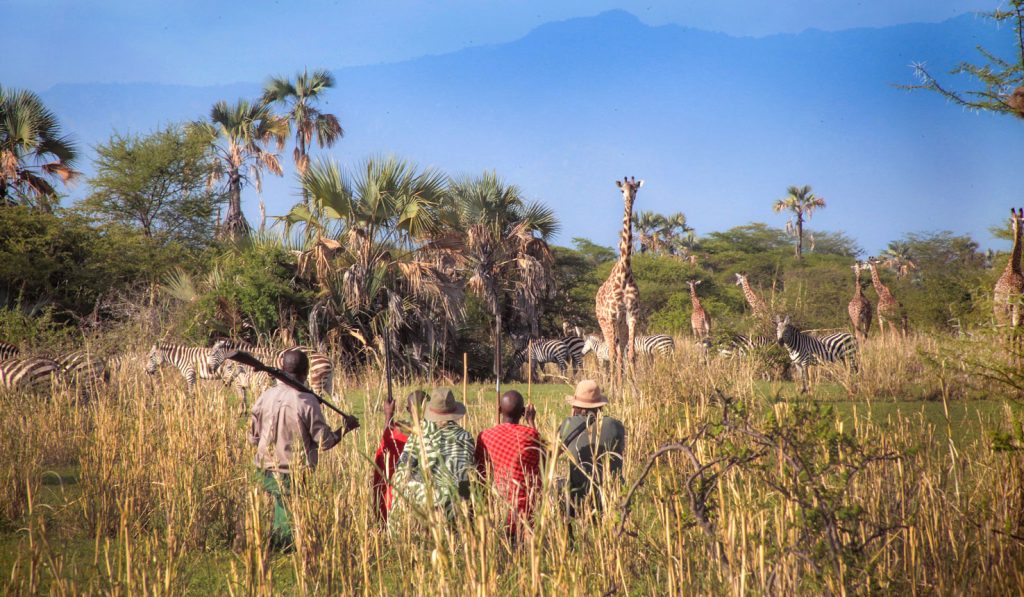
Wildebeest Migration in Kenya and Tanzania
The Wildebeest Migration is a seasonal journey across the Serengeti in Tanzania and the Masai Mara in Kenya. Over two million hooves travel there in search of better grazing and fresh water. The direction of this migration is influenced by seasonal changes and the time of year, directly affecting the best safari experiences in each country.
Kenya: Between August and October, the migrating herds can mostly be seen in the Masai Mara.
Tanzania: The herds traverse the Serengeti from November to July, with dramatic river crossings from July to September.
During this migration, predators such as lions, leopards, hyenas, cheetahs, crocodiles, and hippos are abundant, making for thrilling wildlife encounters.
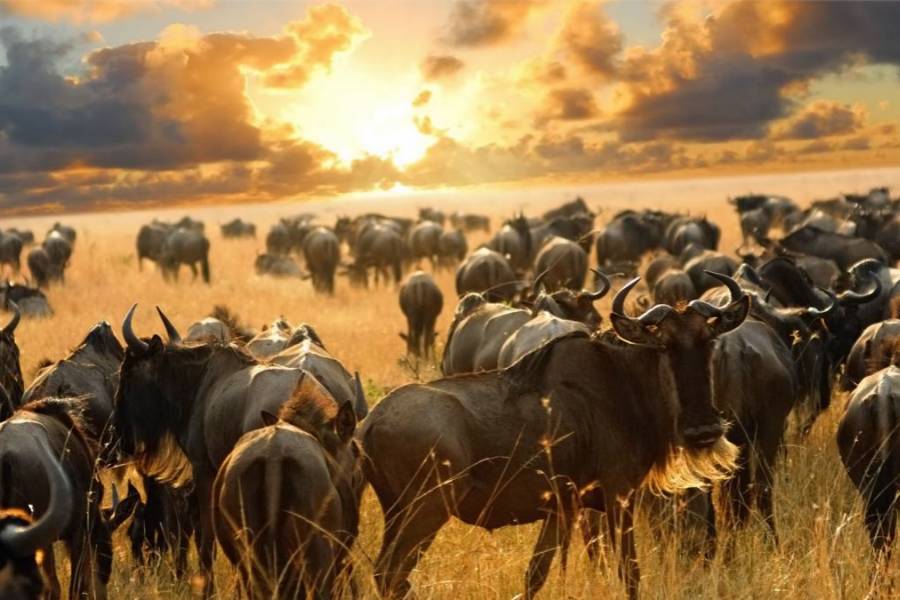
Travellers & Crowds
Visitor numbers vary depending on the time of year, with peak tourist influx during high seasons.
Kenya is known to be busier, thanks to strong advertising, promotional schemes, and cheaper air travel tickets. Many parks in Kenya are smaller, leading to more crowded spaces.
Tanzania offers more exclusivity with its massive parks, spread-out wildlife, and less advanced infrastructure. Parks in Tanzania also limit the number of lodges and camps, helping to control mass tourism.
Wildlife Parks and other Attractions
Both countries offer a wealth of stunning attractions, from breathtaking natural landscapes to vibrant urban environments. They are home to some of the highest-rated national parks, where visitors can explore diverse ecosystems, witness incredible wildlife, and experience breathtaking scenery that showcases the beauty of nature. Whether it’s towering mountains, serene lakes, or lush forests, these parks provide unforgettable outdoor experiences for adventurers and nature lovers alike.
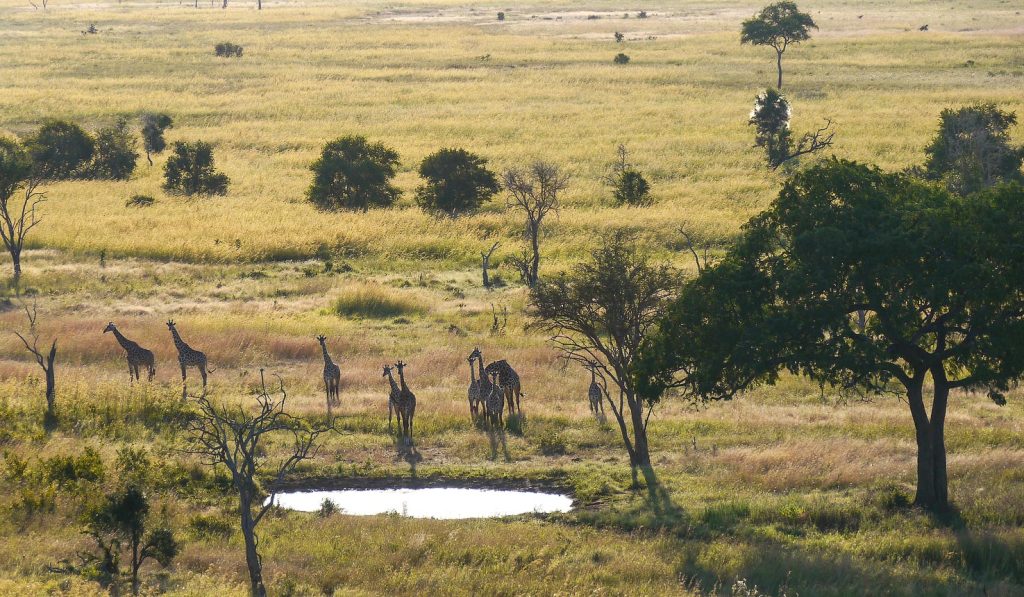
Kenya Wildlife Parks and Attractions
- 7 UNESCO World Heritage Sites: Fort Jesus, Lamu Old Town, Sacred Mijikenda Kaya Forests, Kenya Lake System in the Great Rift Valley, Lake Turkana National Parks, Mount Kenya National Park, Thimlich Ohinga Cultural Landscape.
- Masai Mara National Reserve, Amboseli National Park, Lake Nakuru National Park, Aberdare National Park, Mount Kenya, Diani Beach.
Tanzania Wildlife Parks and Attractions
- 7 UNESCO World Heritage Sites: Songo Mnara, Mount Kilimanjaro National Park, Stone Town, Serengeti National Park, Selous Game Reserve, Kilwa Kisiwani, Ngorongoro Conservation Area.
- Serengeti National Park, Ngorongoro Conservation Area, Selous Game Reserve, Lake Manyara National Park, Mount Kilimanjaro, Zanzibar.
Off-the-beaten-track Experiences
For adventurous travellers seeking unique experiences, both countries present a wealth of opportunities to explore remote and off-the-beaten-path destinations. From breathtaking landscapes and pristine wilderness to culturally rich villages, these hidden gems offer plenty of adventure for those willing to venture beyond the usual tourist routes. Each country boasts its distinct natural wonders and activities, ensuring that intrepid explorers will find something exciting and unforgettable.
Hidden Gems in Kenya
Private conservancies like Laikipia and Lewa, along with the lesser-known treasures of Samburu, provide extraordinary opportunities to encounter diverse wildlife and immerse oneself in nature. Visitors can embark on guided nature walks, where experienced naturalists share insights about the flora and fauna that thrive in these stunning landscapes. For those seeking adventure, fly camping offers a chance to truly connect with the wilderness, sleeping under the stars with the sounds of the bush surrounding you. Horseback riding allows for a unique perspective of the savannah, while off-roading expeditions let thrill-seekers explore the rugged terrain and discover hidden corners of these vibrant ecosystems. Each experience promises to create lasting memories in some of Kenya’s most beautiful and secluded areas.
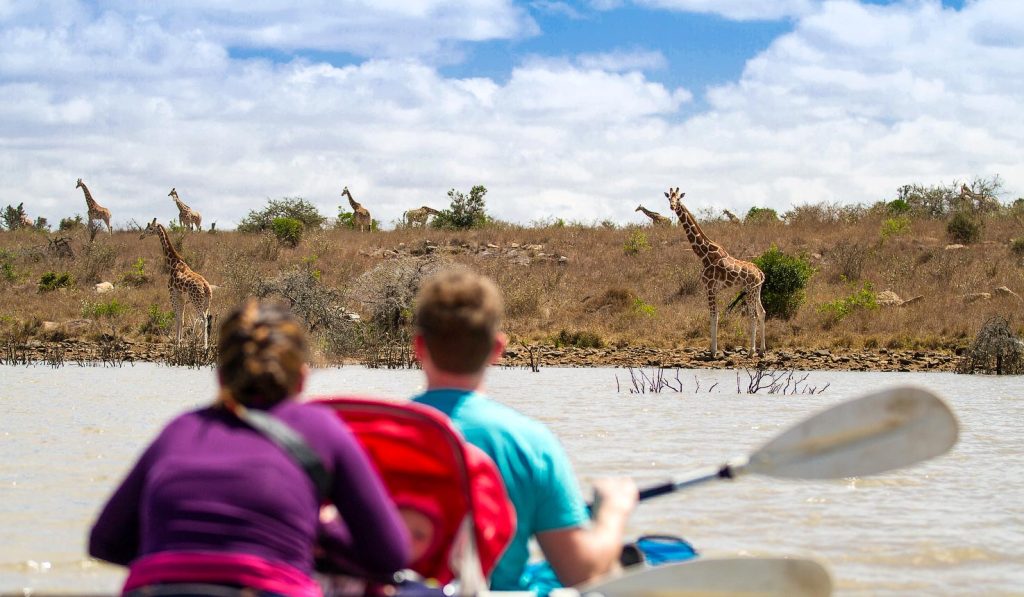
Hidden Gems in Tanzania
The Southern Circuit parks—comprising Ruaha, Mikumi, Saadani, and Selous—along with the Western parks of Mahale Mountains National Park, Gombe Stream National Park, and Katavi National Park, are renowned for their breathtaking natural landscapes and rich biodiversity. These parks provide incredible opportunities for encountering various primate species, allowing visitors to witness their fascinating behaviours in their natural habitats. Each park offers a unique slice of untouched wilderness, teeming with wildlife, from majestic elephants and elusive big cats to vibrant birdlife, making them true paradises for nature enthusiasts and adventure seekers alike.
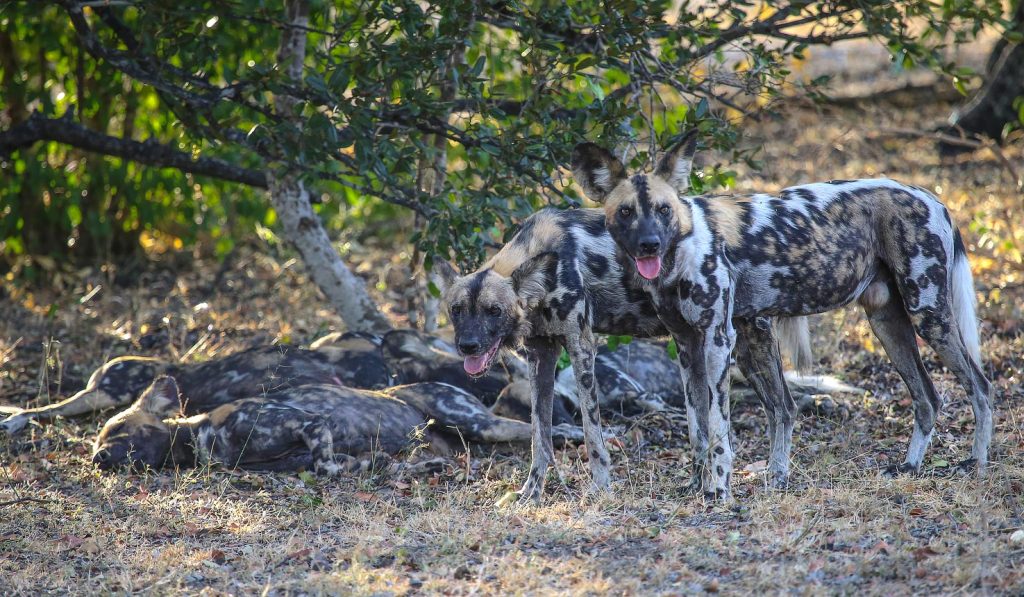
Budget
Flights to Kenya are generally cheaper due to intense competition. Accommodation prices in national parks tend to be lower in Kenya, while Tanzania offers more exclusivity at a higher cost. Hotels in major cities like Nairobi and Dar es Salaam vary, with Nairobi being more expensive.
Weather & Climate
Both countries share a similar climate with two main seasons: wet and dry. April to June is the wet season, with November and December also experiencing “short rains.” The dry season runs from June to October. Average temperatures range between 20-28°C in Kenya and 24-28°C in Tanzania, with coastal areas being hotter and more humid.
Takeaway
Choosing between Kenya and Tanzania for your next safari adventure is not an easy task, as both countries offer unparalleled experiences. If you seek better tourism infrastructure, vibrant city nightlife, a temperate climate, numerous natural landmarks, and a rich food scene, Kenya might be your best bet. On the other hand, if you desire a more tropical climate, expansive wilderness, more animals, iconic sights, and dreamy beaches, Tanzania is the destination for you.
Consider the key factors—scenery, wildlife, Great Wildebeest Migration activities, crowds, parks, attractions, off-the-beaten-track options, budget, and timing of your visit. Weigh these factors against your priorities and preferences, and you’re set for possibly the greatest adventure of your life.

